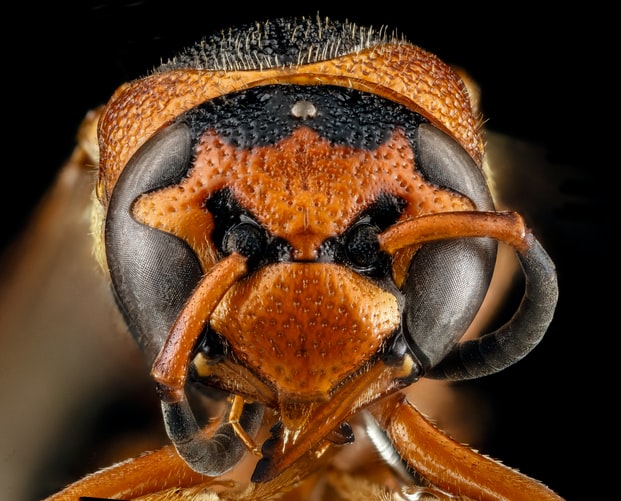PRAIRIE VIEW, Texas (August 6, 2020) – ‘Murder hornets’ are 2020’s latest threat, and Nathan Hermond, an entomologist with Prairie View A&M University’s Agriculture and Natural Resources (AgNR) unit of the Cooperative Extension Program, is working hard to spread the word on what to expect from this tiny pest.
“I have loved insects and other animals since I was in kindergarten. I have always wanted to study them and teach others about their amazing world,” Hermond said about his desire to study the topic.
According to Chris Looney, an entomologist with Washington State Department of Agriculture, the ‘murder hornet’ is actually a large wasp called the Asian Giant Hornet and was likely transported from China or Japan by accident. So far, it’s only been spotted in Washington State.
“Scientists such as Allen Smith-Pardo of the USDA mention that murder hornets came to the U.S. most likely via accidental transport, thanks to nests, eggs or pupa inside of containers. Migration is also likely,” Hermond explained, while also noting, “Insect introduction is not new.”
He says the insect is called a ‘murder hornet’ because “it can kill humans and other animals because of its potent venom.” And, unfortunately, since insects need heat and humidity to survive, Texas and other southern states present a perfect environment where these dangerous pests can thrive.
“Due to our environment, exponential growth is likely. Unlike yellow jackets and paper wasps, these hornets are much larger and more aggressive. Making people aware will help us to be wary of where we walk or run and avoid the nests,” Hermond cautioned. “Avoidance is the best way to escape wasp entanglements. Also, extermination.”
He explained that creating new chemical controls and introducing predators, such as birds and praying mantises, are useful measures to prevent these insects from establishing large populations in the U.S. Asian honey bees also present an interesting defense approach, having adapted a method of surrounding hornet scouts and vibrating to produce enough heat to kill the intruder before they cause harm.
While there aren’t wasps native to this country that compare to ‘murder hornets’ in size, they may be aggressive enough to compete with and push out the newcomers, preventing a serious threat.
The impact of ‘murder hornets’ remains to be seen, but knowing the risks and potential solutions are key to preventing future problems. Hermond is working to address this with documents on the PVAMU AGNR site that serve as guides about pests and pollinators, as well as programs that ensure local farmers can get the help they need.
“People are not overreacting. This is a very deadly organism that can attack humans, pets, livestock, and beneficial insects such as bees,” said Hermond.
###
By Marley Crusch

